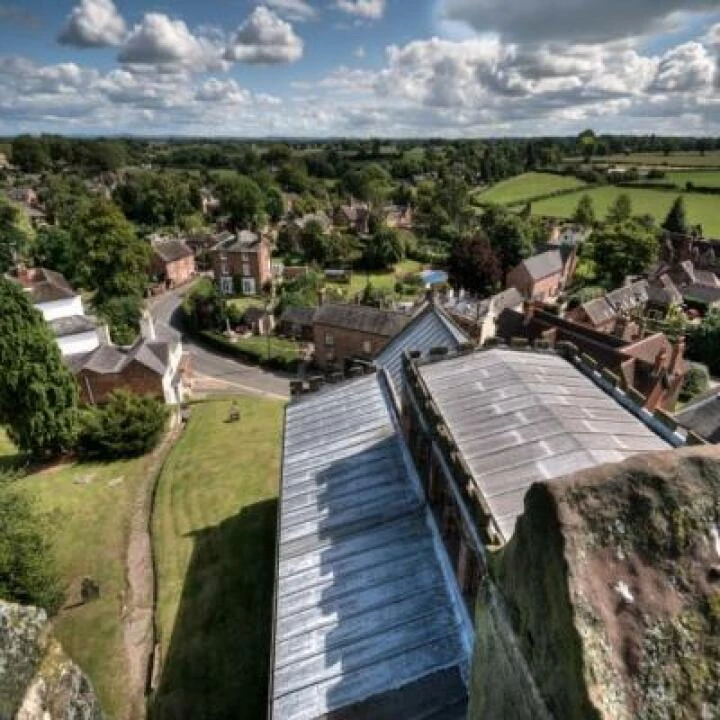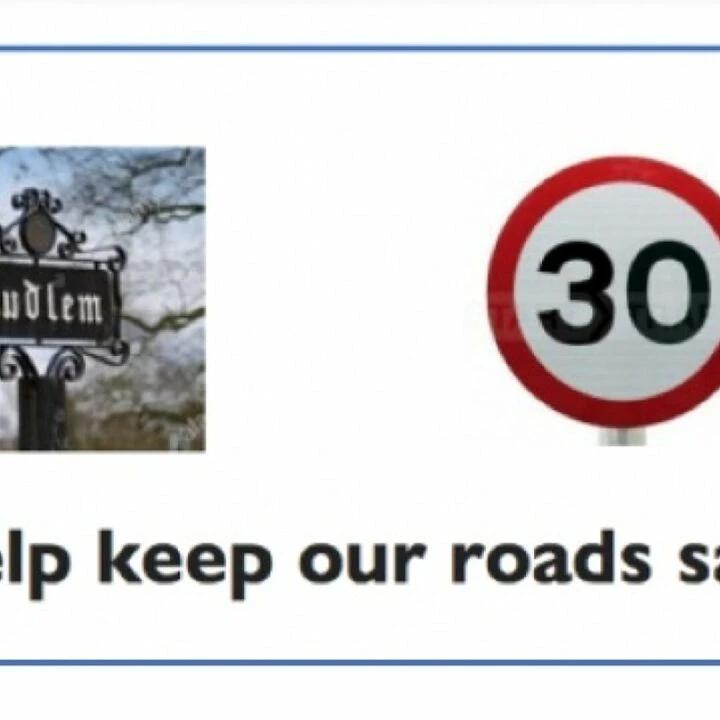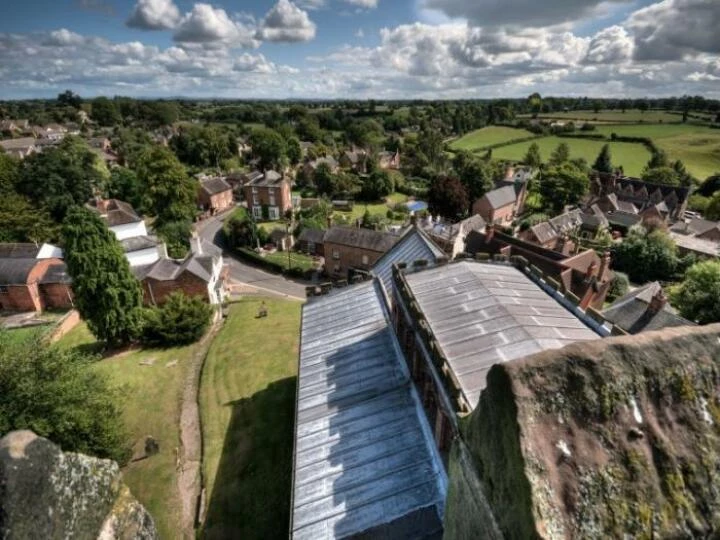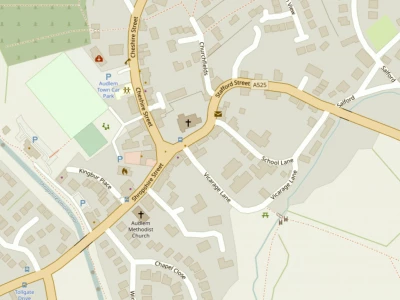







Keen amateur naturalists are concerned at the danger to wildlife posed by plans to build 36 new homes on green fields off Mill Lane bridleway in Audlem.
But a consultant's report to Cheshire East Council claims there is "little biodiversity" on the land earmarked for new homes and that the impact will be low.
Among recent comments posted on the Cheshire East website on the Mill Lane scheme is alarm over the effect on local biodiversity and a call for a full survey of wildlife on the site.
Audlem resident and keen naturalist Shaughna Warburton fears that, if plans get the go-ahead, the loss of habitat would have a serious effect on local wildlife.
She says: "I think there is a need to do a proper survey of the wildlife, as I have seen water voles (becoming increasingly rare) and lots of other mammals, as well as amphibians and insects."
(Roy Plume has confirmed the water vole sightings since this article appeared saying he has seen them in his garden just downstream.)
Shaughna adds: "Habitats like this are becoming increasingly rare. This one is precious – it has rough grassland, deciduous trees and scrub, and water running through it. It is rich in bird life alone."
She and her family have observed nearly 70 species of birds on the proposed development site including both nesting birds and transient visitors.
She is very concerned at the prospect of hedgerows and trees being ripped up by developers with subsequent loss of protection and shelter for wildlife.
But a report by ecologist Val Cooper of consultants EVR ecology, for Hockenhull Properties Ltd, claims that the habitat on the main site area is of "low biodiversity value and is species poor. It will not constitute a significant loss."
The reports admits to a potential impact on roosting bats but that "any impact on bat species is assessed as low to medium" and the long-term impact will be "low" as any potential effects can be mitigated.
The report found "no plants of specific interest or high biodiversity value" on the site but recommends that hedge and tree boundaries should be preserved "as far as possible" and that new gardens will provide "diversity of habitat structure and content."
Ecologists admit that some fields were too overgrown to "access completely" and that grazing animals and electric fences keep them out of other areas, particularly to the south where "most of the survey was done from vantage points around the field margins."
But the report recommends ranch-style fencing set five metres above Audlem brook to deter people entering the stream with a two to three metre boundary strip inside the fence planted with a meadow wildflower mix.
It says any loss of bat habitat could be mitigated by erecting bat boxes and that all birds and their nests should be protected from disturbance in the breeding season.
The report will almost certainly fail to allay the fears of many local naturalists. As Shaughna emphasises in her comments: "Quite apart from the need to preserve areas like this one as species become threatened by loss of habitat, the enjoyment of where we live would be severely damaged as would our neighbours and many of the local residents."
People have until September 4th to comment on the scheme. View the plans and supporting documents and add your comments on planning application 13/3210N here.
This article is from our news archive. As a result pictures or videos originally associated with it may have been removed and some of the content may no longer be accurate or relevant.
Get In Touch
AudlemOnline is powered by our active community.
Please send us your news and views using the button below:
Email: editor@audlem.org


